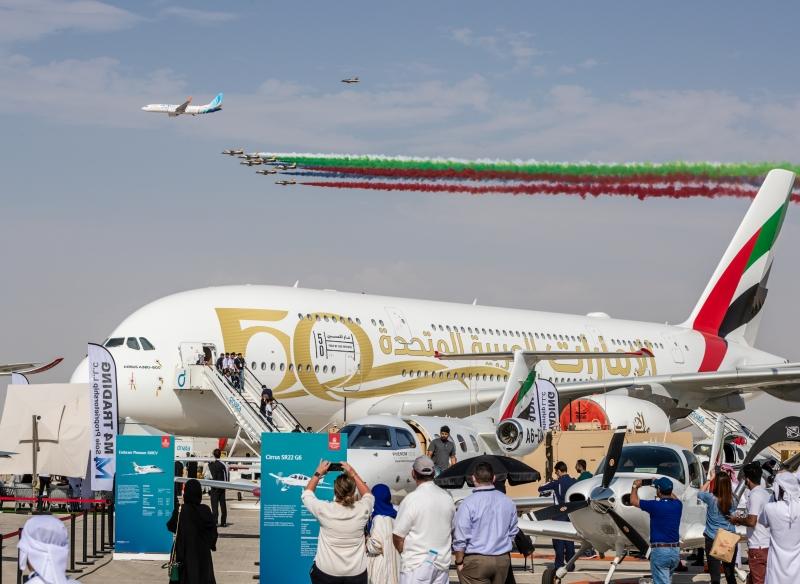
With the Dubai Airshow taking place Nov. 13-17, this week’s Flight Friday looks at passenger flights of Middle Eastern operators by aircraft class.
The “transit traffic” nature of operations of some of the large carriers in the region was incredibly difficult to deal with during the pandemic as countries around the globe closed their borders. Even after the borders opened, the testing and paperwork required for travel discouraged some traffic.
The backbone of the “Middle Eastern fleet” is the widebody. As a result, it is taking longer for that category to recover to pre-pandemic levels. However, as of October 2023 they are up to 90% of equivalent month 2019 flights. This still leaves plenty of growth to occur over the coming quarters, and with these operators having an orderbook of over 500 passenger widebody aircraft, with plenty more expected to be announced during the Dubai Airshow, this growth is set to continue.
The narrowbody market has grown over recent years, from 485 in 2010 to over 750 today, and there are also over 600 narrowbody aircraft on the orderbook for Middle Eastern operators. Narrowbody utilization has returned and exceeded pre-pandemic levels, although there are nearly 100 extra aircraft in service today compared to the end of 2019, so utilization should be up. Narrowbody utilization is currently nearly 16% higher than equivalent month in 2019, but the fleet “only” grew by 15%, so the recovery is very positive.
The regional jet and turboprop market in the Middle East is very small, but still reflects a tale of the current global regional market. Post-pandemic utilization raced towards normal, but with the reintroduction of the narrowbody aircraft, regional jet utilization has dropped off. This is compounded by the in-service fleet dropping by over 10% from 2019 levels.
This data was put together using Aviation Week’s Tracked Aircraft Utilization tool.
